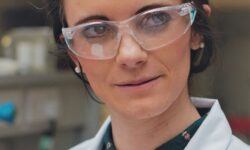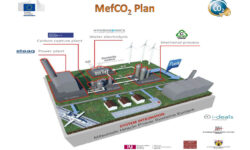Diversity in Catalysis
Catalysis is one of the most complex and diverse phenomenon in synthetic science. It can be classified in various ways, although mostly often this is done based on the physical…
Catalyzing a career – my path into academia and a journey into main group catalysis
Putting Equality, Diversity and Inclusion at the centre of research and innovation practices and culture
Role of the Support in my Career and in Catalysis
Catalysis in a 2D world
Gender Diversity and Inclusion in Academia
State of the art in-situ spectroscopic technique for characterising and studying the heterogeneous catalytic reactions
Direct fixation of CO2
Charlotte Williams elected a Fellow of the Royal Society
Congratulations to Prof. Charlotte Williams (Oxford) for being elected a Fellow of the Royal Society this year for her contributions to sustainable polymer chemistry and catalysis. “I am delighted and…












